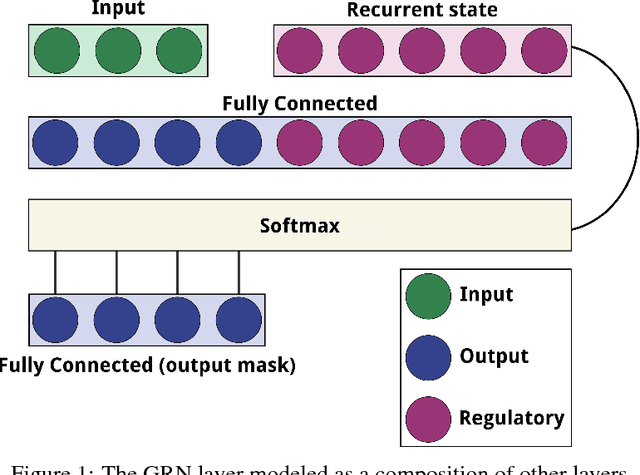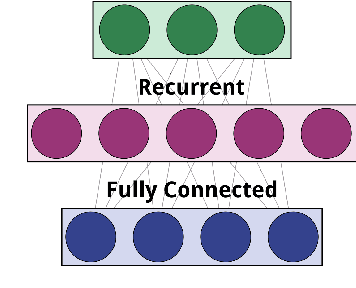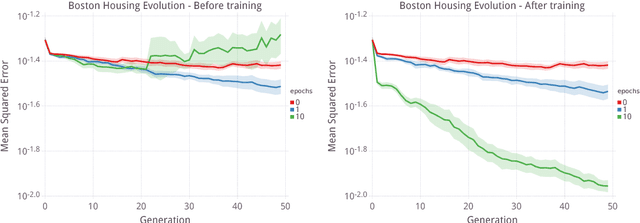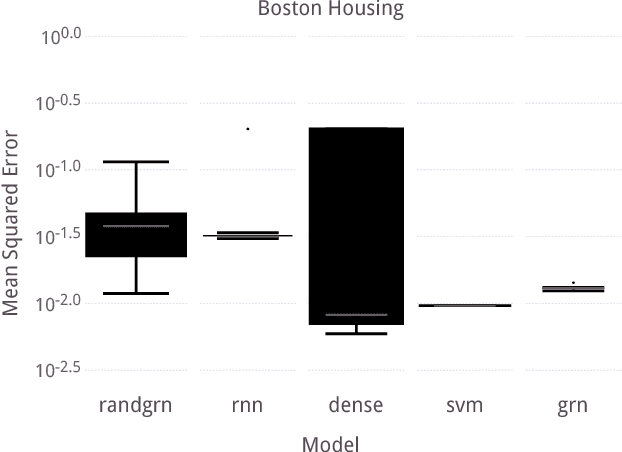Evolving Differentiable Gene Regulatory Networks
Paper and Code
Jul 16, 2018



Over the past twenty years, artificial Gene Regulatory Networks (GRNs) have shown their capacity to solve real-world problems in various domains such as agent control, signal processing and artificial life experiments. They have also benefited from new evolutionary approaches and improvements to dynamic which have increased their optimization efficiency. In this paper, we present an additional step toward their usability in machine learning applications. We detail an GPU-based implementation of differentiable GRNs, allowing for local optimization of GRN architectures with stochastic gradient descent (SGD). Using a standard machine learning dataset, we evaluate the ways in which evolution and SGD can be combined to further GRN optimization. We compare these approaches with neural network models trained by SGD and with support vector machines.
 Add to Chrome
Add to Chrome Add to Firefox
Add to Firefox Add to Edge
Add to Edge